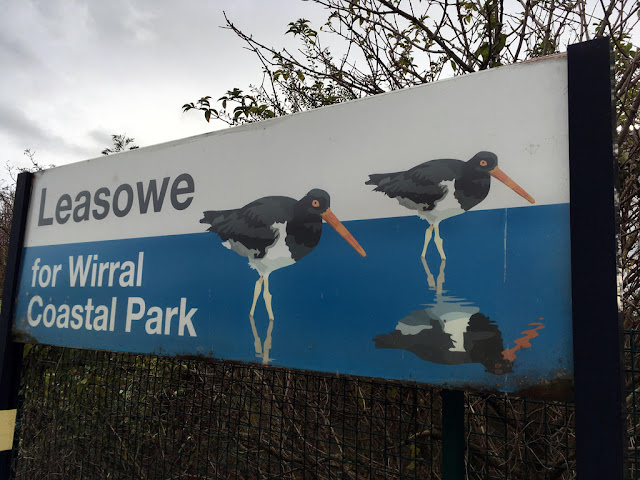Beith Town was the terminus of a short branch line in Ayrshire, the preceding station was Barrmill.
 |
| A train arriving at Beith Town |
| Information |
| Type: |
Glasgow, Barrhead and Kilmarnock Joint Railway |
| Opened: |
1873 |
| Closed: |
1962 |
| Platforms: |
1 |
The station was opened in 1873 by the Glasgow, Barrhead and Kilmarnock Joint Railway as the terminus of a five mile long branch line from Lugton. The station was just called Beith when it was opened, even though there had already been a nearby station called that since 1840! The other station, which had been opened by the Glasgow, Paisley, Kilmarnock and Ayr Railway, was finally renamed Beith North in 1923, though the GB & KJR station did not change it's name to Beith Town until 1953.
The station was closed to passenger traffic in 1962 though remained open for freight for a couple more years until final closure. The station site has been redeveloped and the track lifted.
[1] J. Francis, "The Glasgow, Barrhead & Kilmarnock Joint Railway", The Railway Magazine p. 35






































